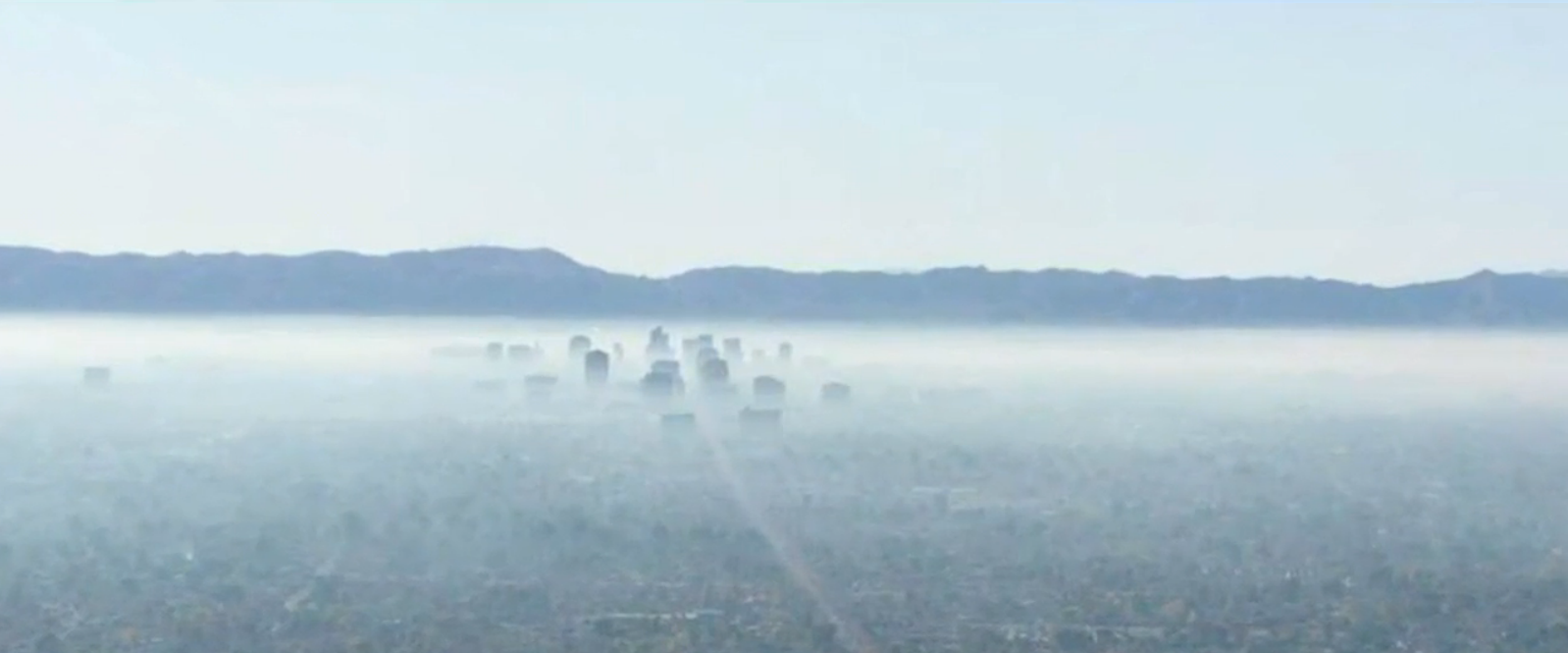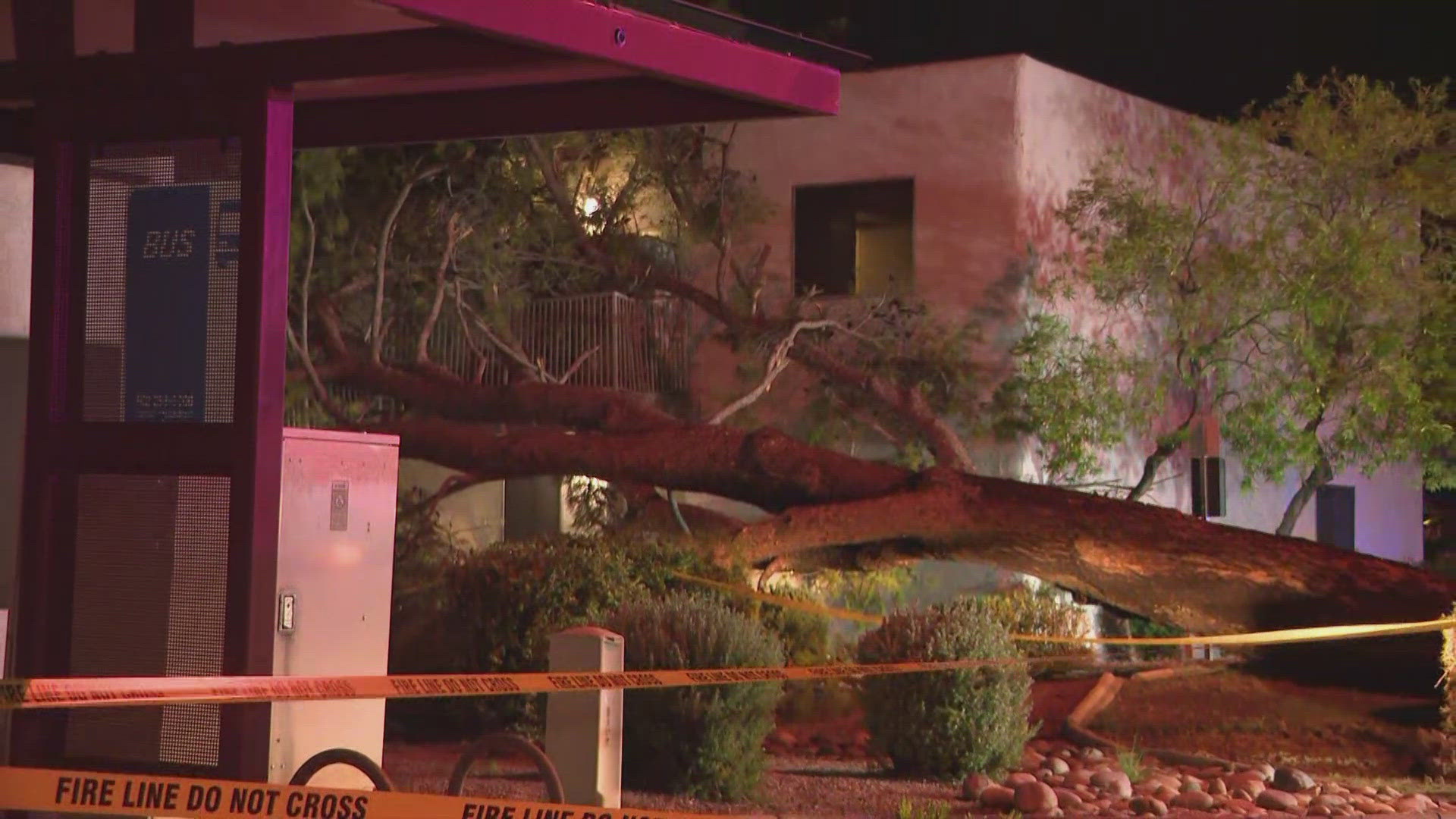The Phoenix area will ring in 2016 with clear skies and high temperatures in the low to mid 60s on both New Year's Eve and New Year's Day.
However, this nice weather is going to come at a price as air quality will begin to suffer on New Year's Eve and New Year's Day. In fact, on New Year's Day the air quality is going to reach the unhealthy level.
The Arizona Department of Environmental Quality (ADEQ) has issued a PM 2.5 health watch for Maricopa County on New Year's Eve and a PM-2.5 high pollution advisory on New Year's Day which means it will be a "no-burn day" across the county Thursday and Friday.
This brings up the big question of why do no-burn days always happen around the holidays and what do they really mean?
The entire point of health watches and no-burn days is to "protect the population of what we call particulate matter of 2.5 microns or less," said the deputy director of the Air Quality Division of ADEQ, Timothy Franquist Jr.
PM 2.5 is a very small particle, about the size of a human hair, that is primarily caused by burning wood and can cause significant issues.
"When you breathe it in, you take it very deep into your lungs and that can inhibit breathing," said Franquist. "So folks with COPD or other respiratory issues, they can have bad days of breathing."
No-burn days and health watches are issued when the weather pattern, consisting of primarily calm winds, results in pollution collection in the Valley. During the holidays, many people in the Valley have wood-burning fires in their fireplaces, and this adds to the already collecting pollution.
ADEQ constantly monitors the air and determines when these days are likely.
"If it's in the air, we are going to measure it," says Craig Pearson an air-quality scientist at ADEQ.
An array of instrumentation scattered through the Valley is used to measure the air quality. Pearson notes for PM-2.5, "We weigh the filter beforehand and we weigh it after and that's how we tell how much is in the air during that 24-hour period."
Pearson showed two filters: a sample clean filter and a filter from 2013 (image to the left) when there was a no-burn day in effect. The difference is shocking.
"Think of these filters as yours lungs," he said. "A clean lung when there was nothing and a very dirty one when there was a lot of burning smoke."
How can you help and what should you not do during a no-burn day?
According to CleanAirMakeMore.com, you cannot burn any wood in fireplaces, wood-burning chimineas, outdoor fire pits, and similar outdoor fires.
Keep in mind you can still use gas grills and gas fireplaces.
If you have breathing issues or are susceptible to high pollution levels, you should also limit your outdoor activity as much as possible.
However, even for those not susceptible, Franquist noted, "They should reduce the activity out there as it will increase their breathing and potentially cause other respiratory issues in a healthy adult."
So even though there will be a lot of outdoor events planned around the New Year, remember to take it easy. As everyone at ADEQ would like to say, "During the holidays let's give the gift of clean air."


